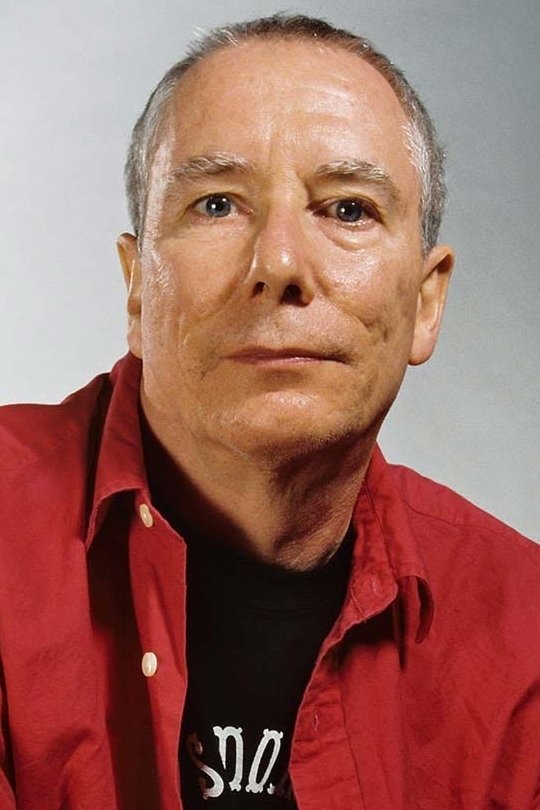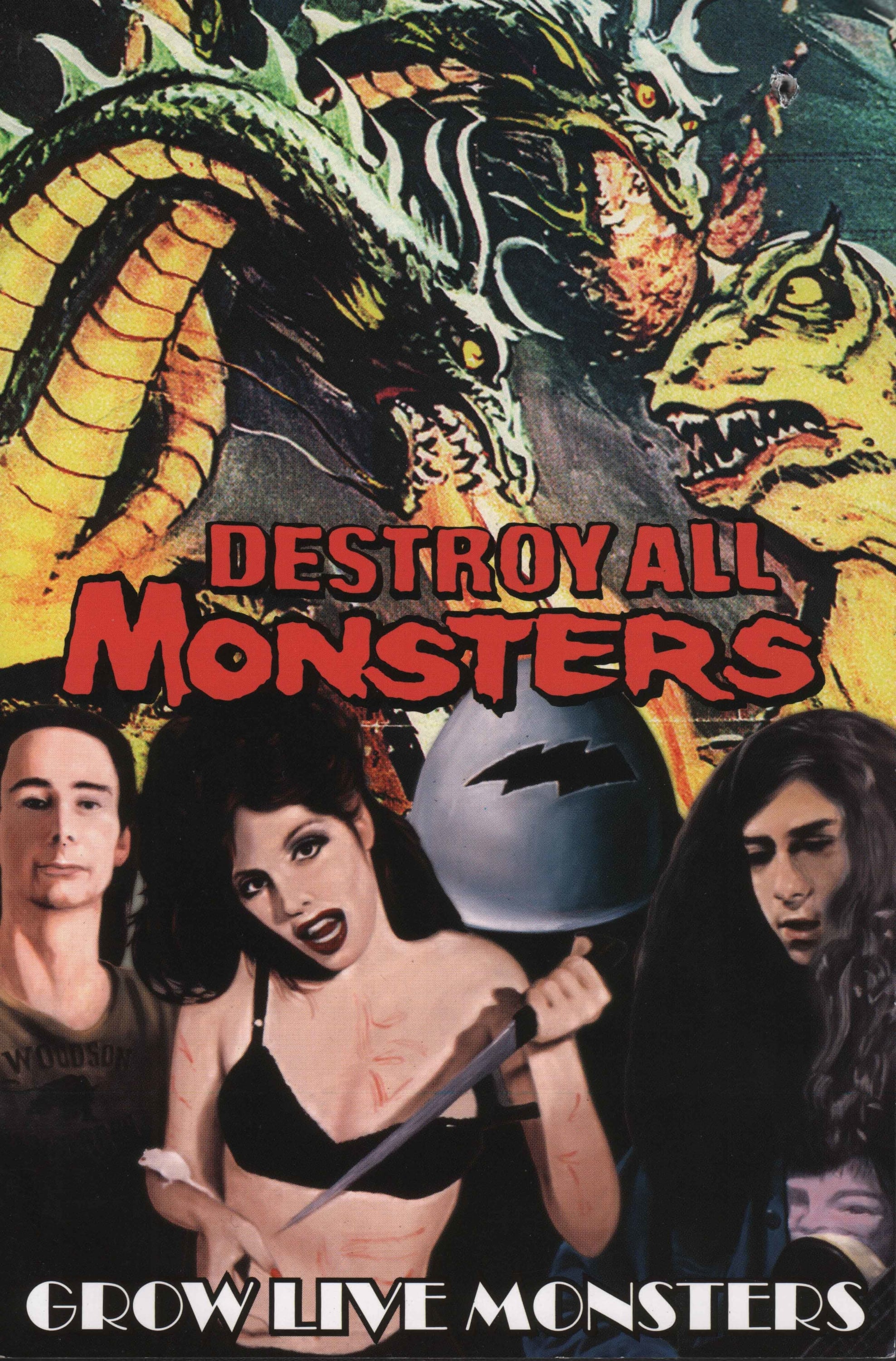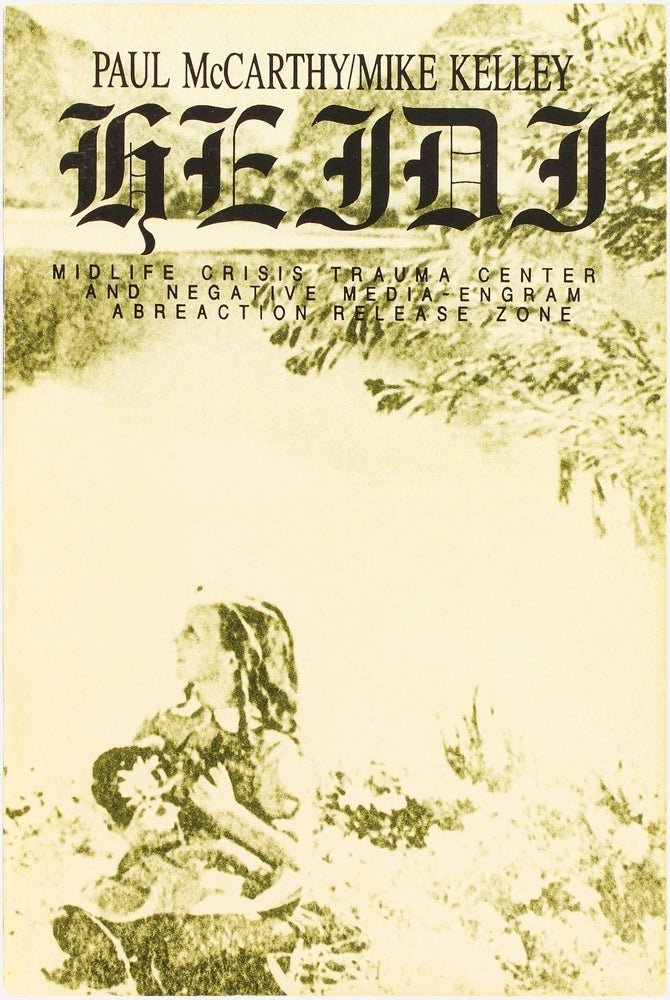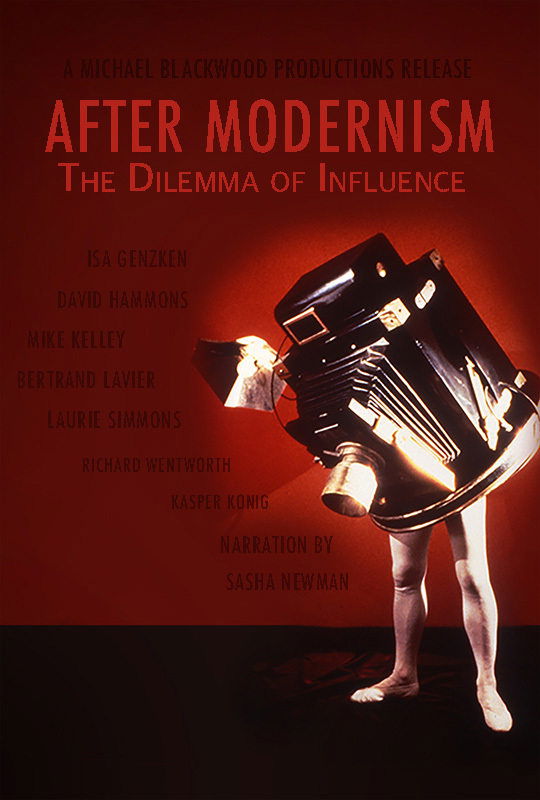

Grow Live Monsters is a selection of 8mm, super-8, and 16 mm film phantasies from the period 1971-76. While still at high school Cary Loren started a correspondence with underground filmmaker, actor, and performance artist Jack Smith, which led to a meeting in the summer of 1973. Shortly after that the artists’ band Destroy All Monsters was formed by Mike Kelley. Jim Shaw, Cary Loren, and Niagara. Most films on this DVD revolve around this group of friends and the music they produced in basements and during live performances.

A collaborative work based on Joanna Spyri's novel, Heidi.. The entire work consisted of a fabricated set, a group of partial and full life-size rubber figures, two large backdrop paintings, and a video tape shot entirely on the set. The set was installed at the center of the gallery (Galerie Krinzinger, Vienna)... We were interested in imitating film and television production, and exaggerating the fractured process of film. - Paul McCarthy In Heidi we toyed with this illusionary nature by treating the doubles and stand-ins for the actors as obvious sculpture, more in the manner of a puppet show than traditional film. - Mike Kelley

Since the 1960s, other disciplines, cultures, and artists previously excluded from modernism's privileged canons have become absorbed into an ever expanding field of activity and influence. Younger artists are a new breed of cultural scavengers, anything or anyone is fair game for appropriation or reinterpretation. Fascinated by notions of space, time and the human body, artists such as David Hammons, Laurie Simmons and Richard Wentworth have carved their own path through conceptual art.

A parable of the Hollywood image-making industry told through a pastiche of narrative cliches.

This collaborative video project is based on a short story by H.G. Wells called "The Country of the Blind"—about a man who travels to a country of blind people and attempts to dominate their sensual, feminine culture with his male, sight-derived power. Following this theme, "Blind Country" begins with animated fruit dancing over Mike Kelley's body and the admonition of "Northerners" to "refill the quickly emptying sack." In the male-dominated land of the North, candy-spurting pinatas stand as phallic symbols. Presumably castrated, and stripped of his authority, Kelley acts the buffoon as he is led through the murky land of the South, a "female," earthy, "realm of the senses" opposing the phallocentric world of the North.

Experimental video about child abuse. McCarthy: "I was given access to a community television studio for two days of shooting and one day of editing. I had been given the grant based on a proposal to do a video tape on child abuse. I taped for one day alone and one day with Mike Kelley. I asked Mike Kelley to be the son and I would be the father. There was no written script. After taping for two days, I edited the tapes, making two separate tapes: Family Tyranny and Cultural Soup. They are often shown together."

Deconstructing the myth of Oedipus within the framework of an ancient Japanese folk story, the Yonemotos craft a highly charged discourse of loss and desire. Quoting from Bunuel, Freud, pop media and art, they place the symbology of Western psychosexual analytical theory into a cross-cultural context, juxtaposing the Oedipal and Kappa myths in a delirious collusion of form and content. The Kappa, a malevolent Japanese water imp, is played with eerie intensity by artist Mike Kelley; actress Mary Woronov plays Jocasta as a vamp from a Hollywood exploitation film. Steeped in perversions and violent longings, both the Kappa and Oedipus legends are presented in highly stylized, purposefully "degraded" forms, reflecting their media-exploitative cultural contexts. In this ironic yet oddly poignant essay of psychosexual compulsion and catharsis, the Yonemotos demonstrate that even in debased forms, cultural archetypes hold the power to move and manipulate.

“CINDERELLA is a musical treatment of the fairy tale. I have broken apart the story and set it as a mechanical game with a series of repetitions where CINDERELLA is projected back and forth like a ping-pong ball between the hearth and the castle. She never succeeds in satisfying the requirements of the ‘Cinderella Game’. The film was shot MOS, the dialogue is lip-synched, and along with the out-front score and effects track magnifies the film’s sense of alienation.” — E.B. 1984 - Preserved by the Academy Film Archive in 2017.
Mike Kelley was one of the most provocative and influential figures in contemporary art. His idiosyncratic works negotiate a charged terrain of desire, dread and sociopathology in everyday life. With deadpan humor, he invests childhood toys, kitsch, and ordinary objects with subversive meaning. His video projects, often created with collaborators such as Paul McCarthy, Raymond Pettibon, and Tony Oursler, inhabit a peculiarly American landscape infused with irony and pop cultural debris. - - - - Michael "Mike" Kelley (October 27, 1954 in Wayne, Michigan – c. January 31, 2012 in South Pasadena) was an American artist. His work involved found objects, textile banners, drawings, assemblage, collage, performance and video. From Wikipedia, the free encyclopedia
By browsing this website, you accept our cookies policy.